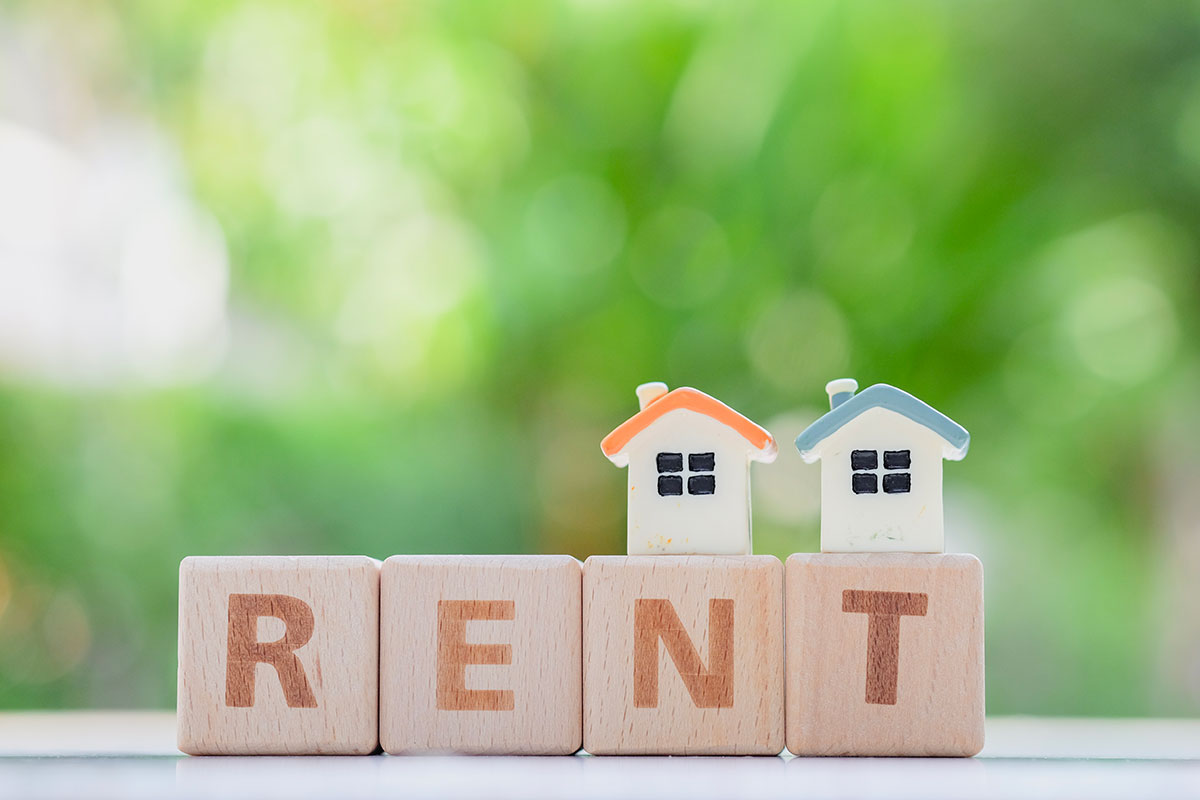Sector prioritises social rents and homelessness, while financial capacity down 25%, survey shows
The COVID-19 pandemic has increased the priority that housing providers place on delivering both social rented homes and temporary accommodation, a survey of sector leaders has revealed today.

At the same time, organisations’ appetite for risk also decreased, while financial capacity for the next 12 months was seen to have decreased by a quarter as a result of the pandemic.
Other impacts of the pandemic include housing providers’ intentions to move away from market sale and market rent, and to develop more of their own stock, rather than buying from developers.
The Housing Sector Survey 2020, run for the fourth year by Savills in partnership with Social Housing, asked respondents about the impact the pandemic has had on their priorities, aspirations and capacity to grow.
This year’s survey received responses from 175 senior executives from UK housing associations and local authorities.
Social rent and temporary accommodation
Asked how the priority to deliver different types of housing has changed during the pandemic, respondents revealed that social rented homes rank highest, with a net balance score of 46 per cent “more important”, followed by temporary accommodation at 30 per cent more important.
Affordable rent, key worker housing and older people’s housing were next at 27 per cent, 25 per cent and 20 per cent more important respectively.
At the other end of the scale, delivering market sale was found to be 24 per cent less important, with market rent 12 per cent less important. Rent to Buy and shared ownership as a priority were marginally impacted by the pandemic, with a net balance of four per cent and one per cent less important respectively (see graph 1 below).
These trends reflected sentiment demonstrated elsewhere in the survey results, which are revealed today by Social Housing and by Savills at the Virtual Housing Festival 2020.
Asked how COVID-19 has changed the priority given to different customer groups, the net balance results placed vulnerable and homeless households as 65 per cent more important. Temporary hardship was 42 per cent more important, key workers and low-paid working households were 35 per cent more important, and older people were seen as 23 per cent more important (see graph 2 below).
Meanwhile, the newly unemployed and private renters in distress were seen as 20 per cent and 18 per cent more important respectively, while aspiring homeowners (currently renting) was flat at two per cent more important.
At the same time, housing executives’ wider priorities showed a continued commitment to developing, albeit with the different balance of tenures revealed above.
Developing new homes at affordable tenures was seen as 25 per cent more important, while new homes developed for market sale and rent was seen as 20 per cent less important.
Other ‘commercial activities’ and large-scale estate regeneration also ranked as lower priorities, at seven per cent and five per cent less important respectively.
Meanwhile, respondents placed an increasing focus on asset management and stock rationalisation, as well as investment in stock, with the survey finding both categories to be 29 per cent more important.
However, topping housing providers’ priorities was ‘tenant support and quality of service’, seen as 60 per cent more important, and ’supporting homeless and vulnerable households’, seen as 56 per cent more important.
Community engagement programmes were also seen as 44 per cent more important.
Capacity to grow
The survey also uncovered changes in organisations’ opinion of their capacity and aspirations for growth. On the net balance of opinion, respondents said that over the next 12 months their appetite to develop stock themselves was 26 per cent increased, versus a one per cent decrease in appetite to buy from developers.
Risk appetite was also 13 per cent lower, while the net balance of opinion suggested financial capacity at respondents’ organisations had decreased by 25 per cent over the next 12 months, as a result of the pandemic.
Investment in existing stock
Asked about their top priority for investment in existing stock, respondents showed that compliance, including building safety, remained the priority in both the short term (67 per cent) and the long term (54 per cent).
Net zero carbon by 2050 was seen as a lower priority in the short term, ranking as seven per cent. However, as a long term priority, it scored 22 per cent.
Helen Collins, head of Savills Affordable Housing Consultancy, said that she expects the number to increase “substantially and rapidly in the next couple of years”, adding that “the decarbonisation challenge is perhaps the most significant issue facing the sector once we’ve moved through the immediate short-term issues [of building safety and the pandemic]”.
While meeting EPC standards by 2030 is probably “pretty achievable” given that about 70 per cent of stock already meets the standards, Ms Collins said, the 2050 challenge will require significant additional investment on an annual basis.
Savills’ analysis suggests that with housing associations and local authorities together owning around 4.3 million dwellings, and an average cost of £25,000 per dwelling for the upgrades required, around £4.3bn of investment would be needed per annum over 25 years on top of existing planned maintenance. This, she said, made the government’s £3.8bn social housing decarbonisation fund seem “fine as a pilot over 10 years”, but merely a “starter for 10” with regard to the longer-term challenge.
The 10-year decarbonisation fund was announced in the Conservatives’ election manifesto, but it was not confirmed at the time of the chancellor’s ‘mini Budget’, which instead promised a £50m pilot for the sector.
In terms of sources of funding for investment in existing stock, the survey showed that capital grant funding was seen as the most important, followed by rental income, capital markets finance and bank finance. Cross-subsidy was next, followed by efficiency savings, mergers and partnerships, and equity funding last.
Likewise, when asked to list their top three factors, respondents cited availability of grant as the biggest obstacle on the road to zero carbon, at 71 per cent.
Commenting on this year’s survey, Lucian Cook, head of residential research at Savills, said that the results point to a “people-first response to the challenges of COVID, with much greater priority placed on tenant support, community engagement and supporting vulnerable households”.
He added: “From a property perspective it shows a renewed sense of purpose in investing in existing stock, not least to meet more stringent building safety standards, meaning more emphasis on existing asset management.
“With COVID tempering the appetite for risk and financial capacity in the sector, it also shows a desire to take more direct responsibility for delivering new homes for those most in need.”
Housing 2020, the Virtual Festival, is taking place throughout this week, online. Click here to find out more.
Update: at 12.30pm and 4.10pm, 07.09.20
This article was updated to clarify the survey’s findings on financial capacity.
RELATED







